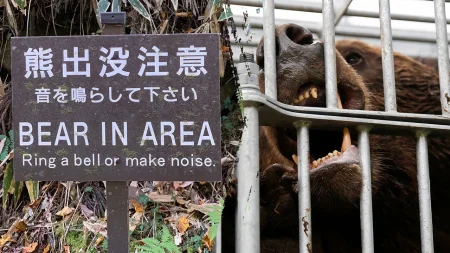The North-South Summit in Lapland, Finland, brought together leaders from Greece, Finland, Sweden, Italy, and the European Union to address mounting security concerns, particularly regarding Russia’s ongoing aggression in Ukraine and the implications of the incoming Trump administration. The central theme of the summit revolved around the necessity of increased defense spending among NATO allies. While the leaders acknowledged the existing 2% GDP benchmark for defense expenditure was likely outdated given the current geopolitical climate, they refrained from specifying a new target figure, opting instead to await clarity on the incoming US administration’s stance. Greek Prime Minister Kyriakos Mitsotakis encapsulated the prevailing sentiment, stating the 2% benchmark was “probably history” while acknowledging the need for a higher threshold to be collectively determined in consultation with the new US president.
The summit discussions were heavily influenced by recent reports suggesting President-elect Trump intends to advocate for a significant increase in NATO’s defense spending requirement, potentially raising it to 5% of GDP. This proposal carries significant implications for all NATO members, including the US, which currently allocates just over 3% of its GDP to defense. While the Trump transition team refrained from confirming specific figures, they emphasized Trump’s belief that European nations should fulfill their existing NATO commitments and shoulder a greater share of the financial burden related to the Ukraine conflict. The ambiguity surrounding Trump’s actual policy intentions, coupled with internal divisions within the Republican party regarding US aid to Ukraine, injected an element of uncertainty into the summit’s deliberations.
Despite the looming questions around the incoming US administration’s priorities, the assembled leaders concurred on the assessment of Russia as the most significant threat to European security. They adopted a cautious approach, however, choosing to avoid speculation based on “rumors” and emphasizing the importance of engaging with the new US president to ascertain his actual policy direction regarding NATO’s defense posture. Italian Prime Minister Giorgia Meloni underscored the need for clarity on the new administration’s will before concrete steps could be taken, while acknowledging the general consensus on the need for enhanced defense capabilities.
Finnish Prime Minister Petteri Orpo, the summit’s host, reiterated the importance of Europe assuming greater responsibility for its own security. He highlighted the need for strong European leadership within both the EU and NATO, emphasizing the multifaceted challenges arising not only from Russia’s actions but also from geopolitical instability in regions like the Middle East and North Africa. This call for enhanced European self-reliance resonated with Swedish Prime Minister Ulf Kristersson, who argued that increased defense spending would not only lessen Europe’s dependence on the US as the primary financier of NATO’s defense but also demonstrate to Washington that European nations are serious about their security commitments.
The backdrop to these discussions is the historical trajectory of NATO’s defense spending. President Trump, during his first term, exerted considerable pressure on NATO allies to meet the 2% GDP target. This resulted in a temporary increase in the number of compliant nations, from five in 2016 to nine in 2020. However, that number declined after his departure, only to rebound following Russia’s invasion of Ukraine. By 2024, a record 23 out of 32 NATO members met or exceeded the 2% threshold, propelled by the renewed urgency of the security situation in Europe.
The summit served as a platform for European leaders to reaffirm their commitment to collective defense and acknowledge the imperative for increased investment in defense capabilities. While the specific target for future defense spending remains unresolved, pending clarification from the incoming US administration, the summit underscored the growing consensus that the existing 2% benchmark is no longer adequate to meet the challenges posed by Russia’s aggression and the evolving geopolitical landscape. The emphasis on European self-reliance within NATO, coupled with the anticipation of a renewed transatlantic dialogue on defense spending under the new US administration, sets the stage for potentially significant shifts in the alliance’s resource allocation and strategic posture in the near future. The discussions reflected a sense of urgency, recognizing that sustained and enhanced defense capabilities are essential to deter aggression and maintain stability in a world grappling with escalating geopolitical tensions.















